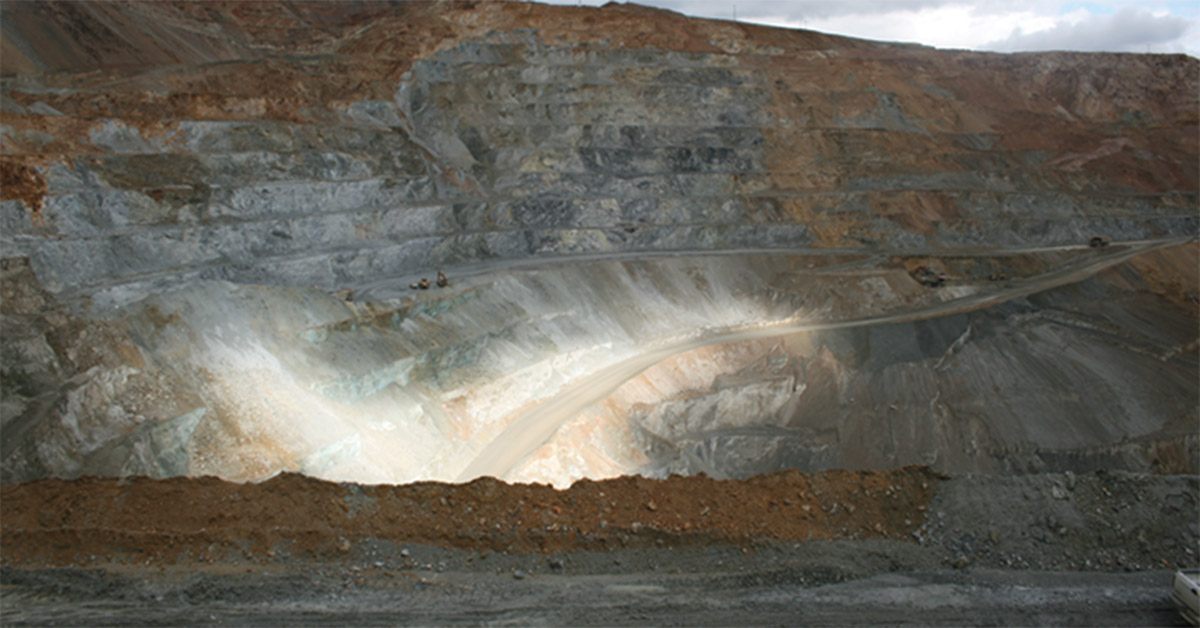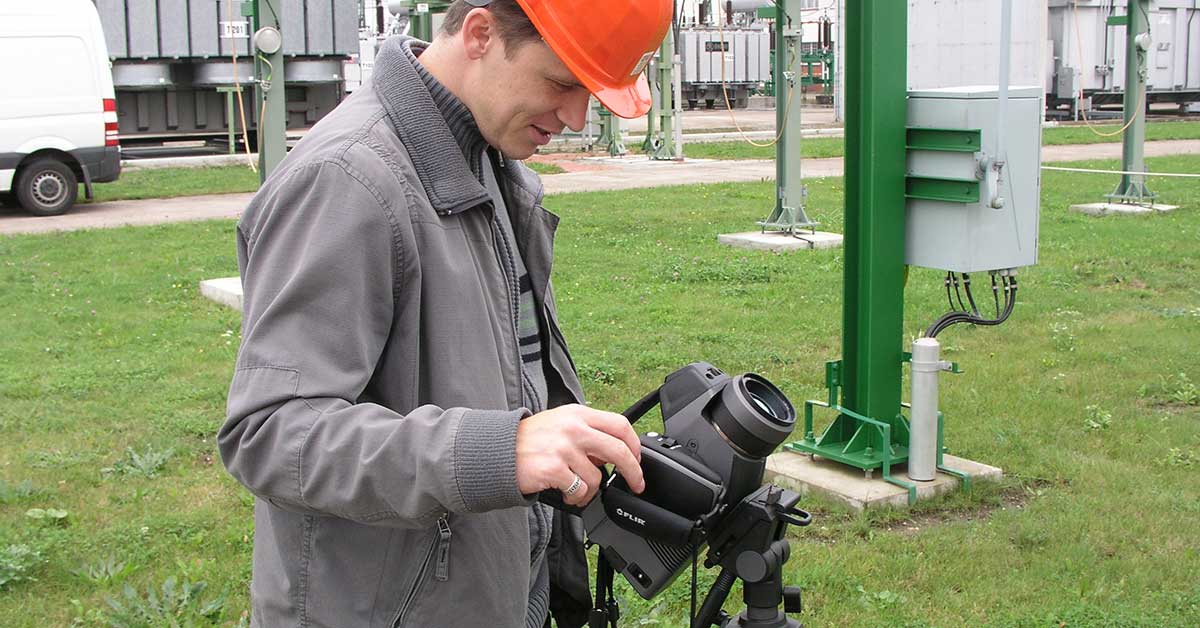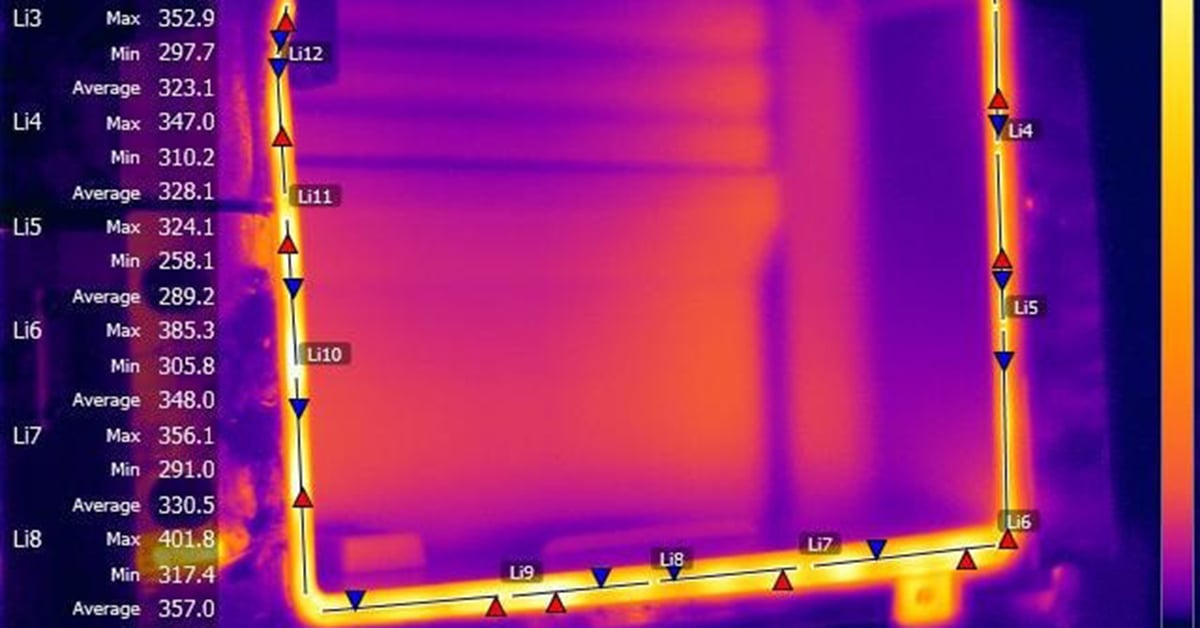What is Machine Vision?
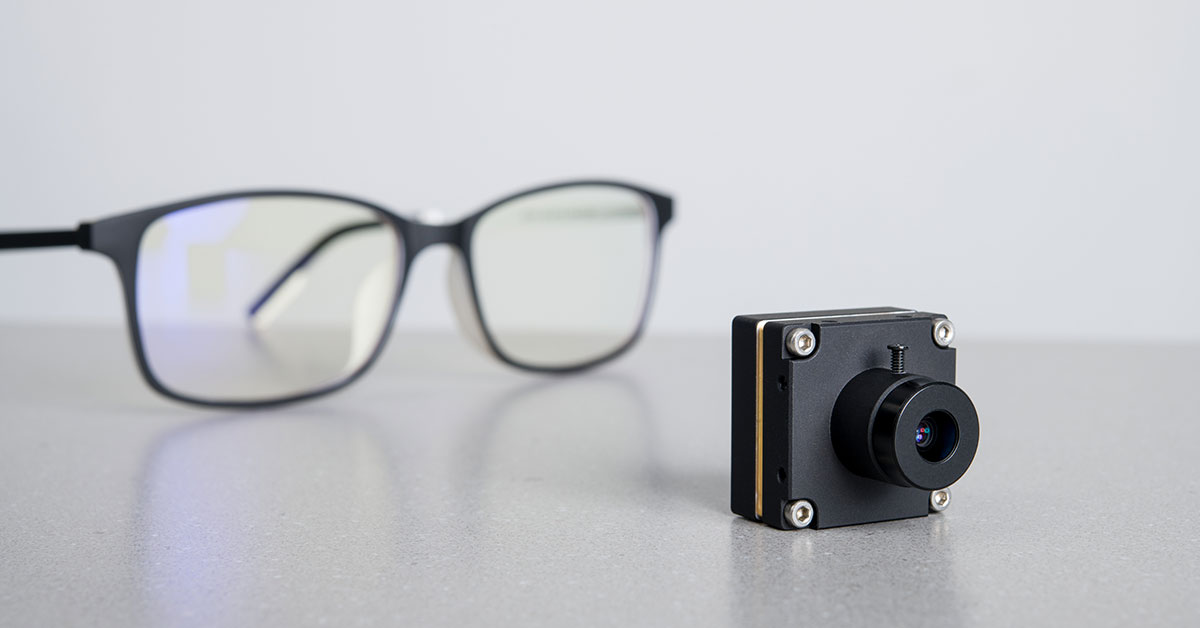
You may not realize it, but machine vision technology is everywhere. Anything mass produced - from food to semiconductors to textiles - relies on machine vision to guide automation and check product quality. As the name suggests, machine vision is basically the ability of a system (such as a computer) to see. The system then analyzes the image to make a decision or classification. Automated product inspection, face recognition, and collision avoidance technology are possible thanks to machine vision technology.
Machine vision cameras must operate with total reliability all day, every day, for many years, even in tough environments where there might be constant vibrations. Here’s a typical scenario of how they work: the camera triggers image capture instantly based on external signals, and sends signals to trigger lights or even other cameras. Image analysis software then triggers actions in machines, such as: reject a faulty part, sort a package, analyze a blood sample, or guide a robot.
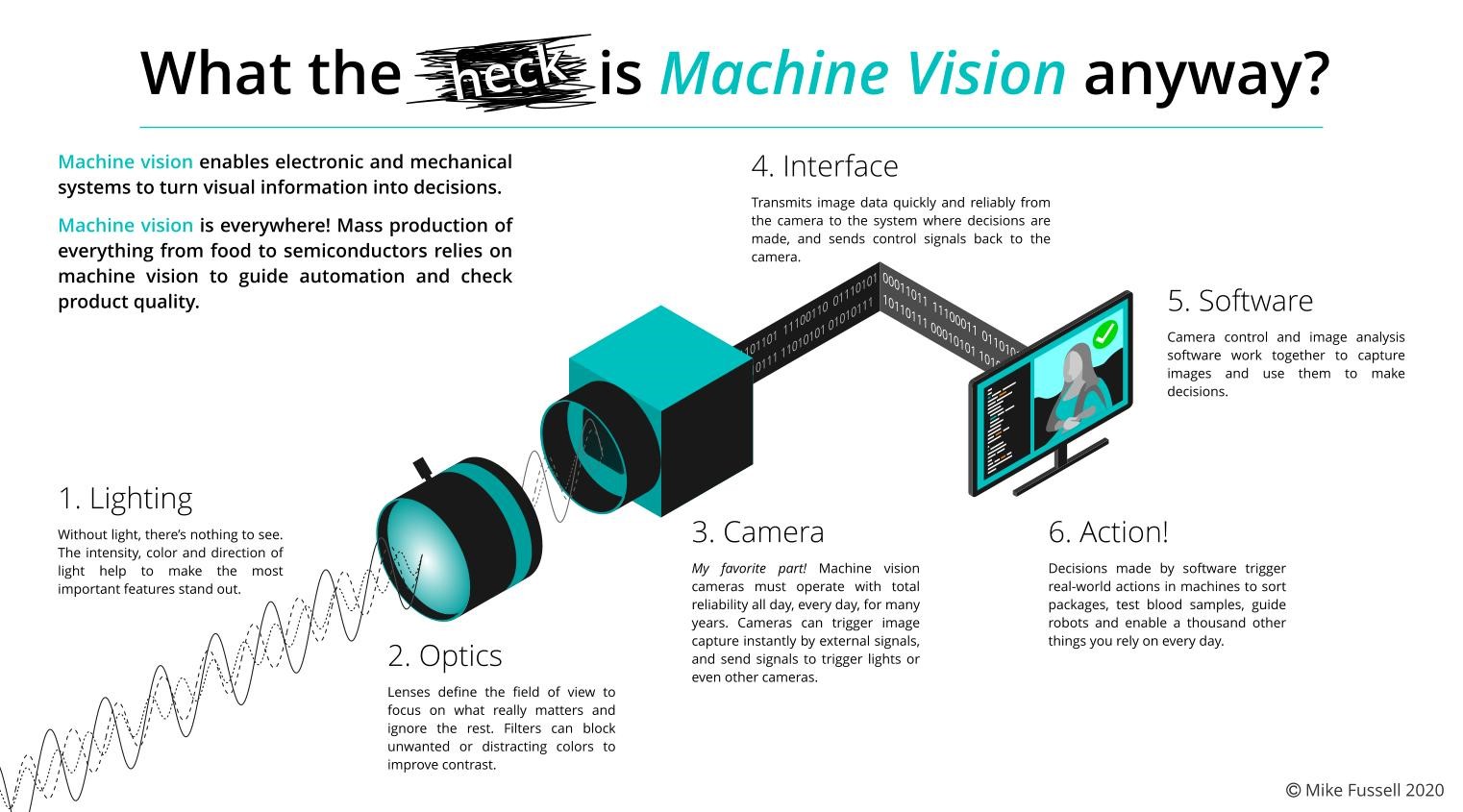
Machine vision cameras come with many features to manipulate and create a specific type of image. Basic and advanced features in machine vision include:
- Ability to define a narrow field of view and ignore the rest of the scene
- Automatic color correction
- Timestamps to synchronize images to readings from other sensors
- Synchronizing image capture with signals from other hardware devices
- Synchronize image capture for multiple cameras
- Precise control of camera configuration with in-house software development kit
- Easy integration with third party machine vision software
Machine vision enables electronic and mechanical systems to turn visual information into decisions. Developers can take this a step further and use deep learning to quickly automate complex and subjective decision making. Deep learning mimics how the human brain processes data, using neural networks to distinguish between noteworthy anomalies vs. natural variations. The result is the ability to analyze more complex patterns, develop systems faster, deliver higher quality products, and enhance productivity.
Normally, deep learning systems require separate cameras and computer systems. However, FLIR Neuro Technology allows you to deploy your trained neural network directly to the camera. This reduces system cost and complexity by enabling decisions to be made directly on-camera, in many cases without a host PC. Neuro Technology is ideal for a wide range of applications, including classification and sorting of products, translating sign language into words, detecting potential collision hazards for drones, or detecting the wakefulness of a pilot or driver.
Learn more about machine vision and deep learning solutions from FLIR: https://www.flir.com/iis/machine-vision/
